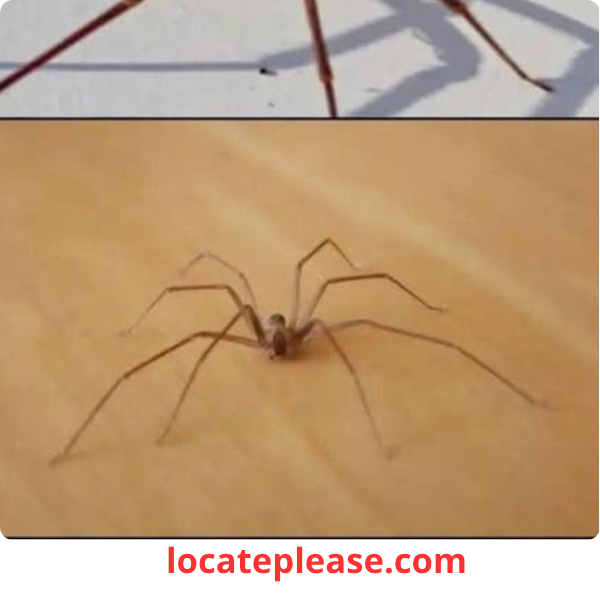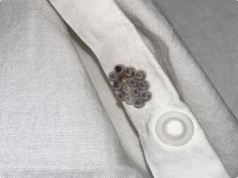It’s small. It’s quiet. And it doesn’t go looking for trouble. But one bite from the brown recluse spider can turn your day — or even your health — upside down. Known for its elusive nature and potent venom, this spider may not be aggressive, but it’s definitely dangerous when provoked or accidentally disturbed.
Often referred to as the “violin spider” due to the distinct violin-shaped marking on its back, the brown recluse is a master of camouflage. Its light brown, velvety body typically measures between 8 millimeters and 1.5 centimeters — about the size of a dime — making it easy to overlook in the shadows where it prefers to hide.
Unlike most spiders, which have eight eyes , the brown recluse has six eyes arranged in three pairs , a unique feature that helps experts identify it from other species. But this subtle difference doesn’t make it any less dangerous.
Where to Find the Brown Recluse
True to its name, the brown recluse spider is a solitary creature that avoids human interaction. It thrives in dark, undisturbed areas such as:
- Closets
- Basements
- Attics
- Under furniture
- Inside storage boxes
- Behind wall outlets
- In clothing or shoes left undisturbed
Because of its preference for quiet, cluttered spaces, the brown recluse often comes into contact with humans accidentally — usually when someone reaches into a dark corner or puts on clothing or shoes where the spider is hiding.
The Danger Lies in Its Bite
Although the brown recluse doesn’t seek out humans to bite, when it feels trapped or threatened — like when it’s pressed against skin — it may react defensively. And that’s when the danger begins.
The venom of the brown recluse is necrotic , meaning it can destroy tissue at the bite site. Initially, the bite may go unnoticed or feel like a mild sting, but within a few hours, it can become red, swollen, and intensely painful . In some cases, the venom causes a deep, ulcerating sore that can take weeks or even months to heal , sometimes requiring medical intervention.
Symptoms may include:
- Burning pain and redness at the bite site
- A blister that turns into an open ulcer
- Fever or chills
- Nausea
- Muscle pain
- In rare cases, severe systemic reactions, especially in children, the elderly, or those with weakened immune systems
What to Do If Bitten
If you suspect you’ve been bitten by a brown recluse spider:
- Clean the bite area with soap and water.
- Apply a cold compress to reduce swelling.
- Elevate the affected limb , if applicable.
- Seek medical attention , especially if symptoms worsen or the bite begins to blister or ulcerate.
Because the effects can escalate quickly, prompt medical care is crucial , particularly for vulnerable individuals.
How to Prevent Encounters
While brown recluse spiders are mostly found in the south-central and Midwestern United States , they can occasionally be found in other regions, often transported unknowingly in boxes or furniture.
To reduce the risk of a bite:
- Keep storage areas clean and clutter-free.
- Avoid leaving clothes or shoes on the floor , especially in basements or garages.
- Shake out clothing or shoes before wearing them, particularly if they’ve been stored for a while.
- Seal cracks and gaps in walls and baseboards to prevent entry.
- Use gloves when cleaning dark or dusty areas.
Respect the Recluse
Despite its small size, the brown recluse spider is a powerful reminder that nature’s dangers don’t always come with warning signs. It may be shy and reclusive, but when disturbed, it can deliver a bite with serious consequences.
The key to staying safe is awareness. Learn to recognize the signs of its habitat, take precautions in your home, and never ignore a suspicious bite. Because with the brown recluse, prevention is always better than cure .
Stay alert, stay informed — and give this quiet spider the space it deserves.










